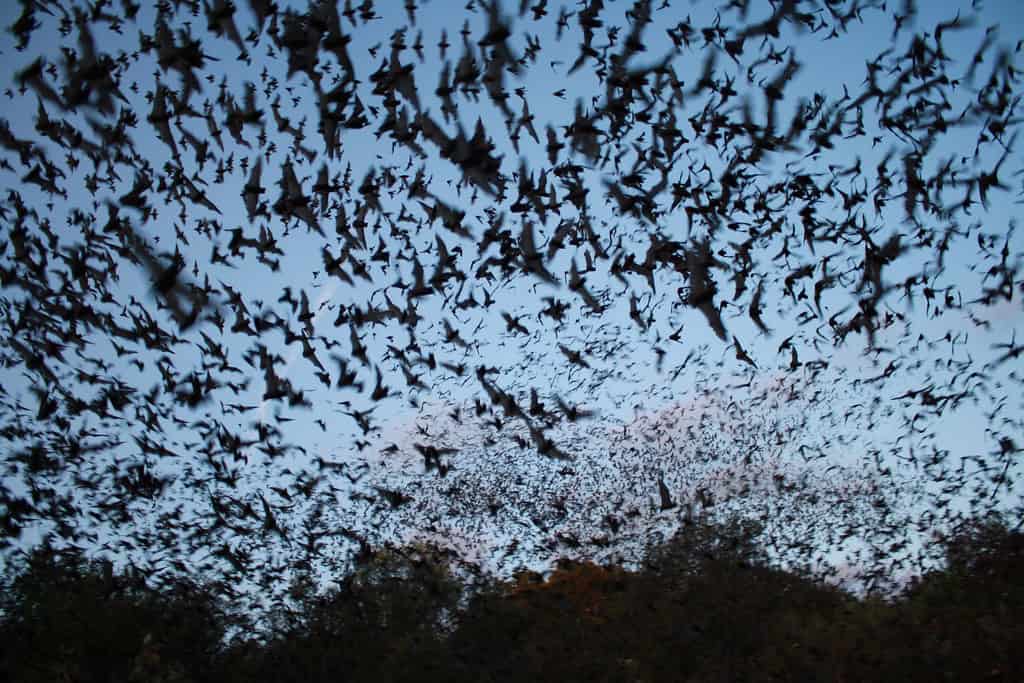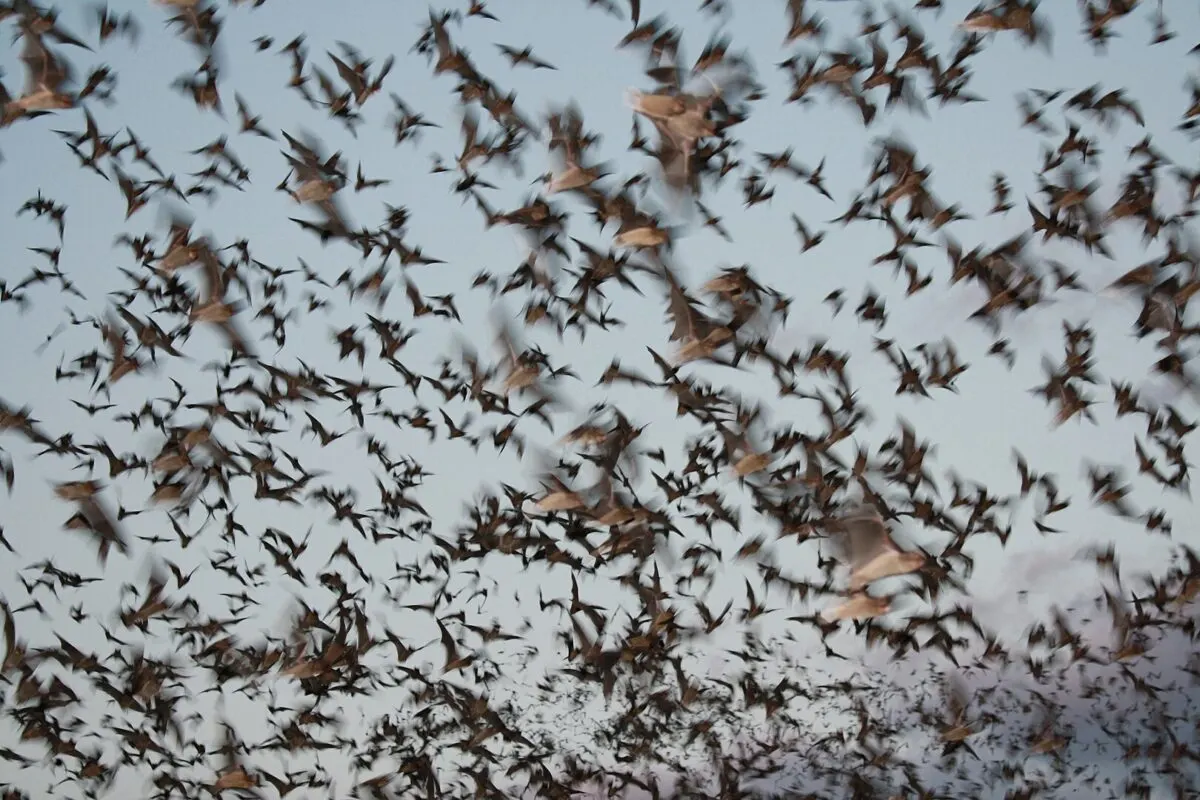Deep in the heart of Texas lies a natural marvel that few might imagine inhabits the sprawling urban landscape of Austin: the largest urban bat colony in North America. Every evening from mid-March to early November, as the sun dips below the horizon, more than 1.5 million Mexican free-tailed bats emerge from under the Congress Avenue Bridge, creating a spectacular dusk display that is as fascinating as it is essential. However, this magnificent colony now faces a series of challenges that threaten its existence.
Understanding the Mexican Free-Tailed Bat

The Mexican free-tailed bat, named for its relatively long tail that extends beyond its tail membrane, is a medium-sized bat found throughout the Americas. Known scientifically as *Tadarida brasiliensis*, this species is renowned for its incredible flying capabilities, often reaching speeds of over 60 miles per hour, making it one of the fastest mammals on Earth.
The Ecological Importance of Bats

Bats play a crucial role in maintaining balanced ecosystems. In Austin, the Congress Avenue Bridge bats are voracious consumers of insects, including agricultural pests, thereby providing natural pest control services valued in the millions of dollars annually. Furthermore, their droppings, known as guano, are rich in nitrogen and make excellent fertilizers, contributing to nutrient cycles.
The Bat Colony Evolution Under the Congress Avenue Bridge

The Congress Avenue Bridge did not always host this large bat colony. It wasn’t until the bridge was renovated in 1980 that its crevices unintentionally became ideal roosting spots for bats. Initially, the bats’ presence sparked fears and misunderstandings among Austin residents, but over time, a concerted effort by conservationists helped grow public appreciation for these nocturnal residents.
The Bat-Watching Phenomenon

The nightly bat flights have become one of Austin’s most popular tourist attractions, drawing an estimated 100,000 visitors each year. This spectacle not only supports local businesses but also enhances local environmental tourism, showcasing the vital intersection of nature and urban living.
Emerging Threat: White-Nose Syndrome

Despite their success, the Congress Avenue Bridge bats now face an alarming threat from White-Nose Syndrome (WNS), a fungal disease that has decimated bat populations across North America. While primarily affecting hibernating bat species, the potential for cross-species transmission remains, underscoring the urgent need for vigilance and research.
Impact of Urban Development

Rapid urban development poses a significant threat to bat habitation and survival. As Austin continues to expand, increased light pollution, habitat destruction, and pesticide use threaten the delicate balance that supports this massive bat colony. Protecting green spaces and ensuring bat-friendly infrastructure becomes more critical than ever for their survival.
Climate Change and Its Effects

Climate change, too, threatens bat populations by altering habitats and food availability. Unseasonably warm winters and shifting insect population distribution can disrupt the bats’ lifecycle and migratory patterns, challenging their survival and increasing their vulnerability to diseases like WNS.
Community Involvement in Bat Conservation

Local conservation efforts have been vital in advocating for and protecting the Congress Avenue bats. Organizations like Bat Conservation International engage the community by providing educational programs that highlight the ecological importance of bats, encouraging locals to participate actively in conservation efforts.
Innovative Solutions and Research

Scientists are exploring innovative measures to combat threats like White-Nose Syndrome, including developing antifungal treatments and breeding disease-resistant bat lines. Meanwhile, urban planners are working to design bat-friendly structures, ensuring these vital creatures continue to thrive in the heart of Austin.
Educational Outreach and Its Importance

Educational outreach programs are key to dispelling myths and fostering an understanding of bats. Educational initiatives are crucial in building public support for bat conservation, transforming fear and misunderstanding into respect and admiration.
Supporting the Largest Urban Bat Colony in America

For those keen to support Austin’s winged residents, there are numerous ways to get involved, from volunteering with local conservation groups to advocating for bats’ inclusion in urban planning policies or simply by enjoying the nightly flight spectacle and sharing the importance of bats with others.
Conclusion: A Future for Austin’s Bats

Protecting the largest bat colony in America requires coordinated efforts between conservationists, scientists, policymakers, and the public. By continuing to value and safeguard these remarkable creatures, we not only preserve a local attraction but also uphold ecological and economic benefits that reverberate far beyond the city of Austin. In navigating the challenges ahead, we hold the power to ensure that the breathtaking nightly display of bats takes flight for many generations to come.
- 13 Creatures That Outsmart Their Predators - June 30, 2025
- The Real Species That Inspired Disney’s Animal Sidekicks - June 30, 2025
- Narwhals Use Their Tusks to Stun Fish - June 30, 2025

